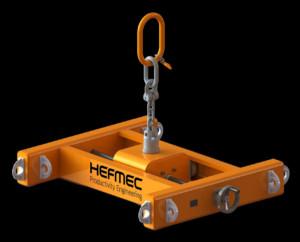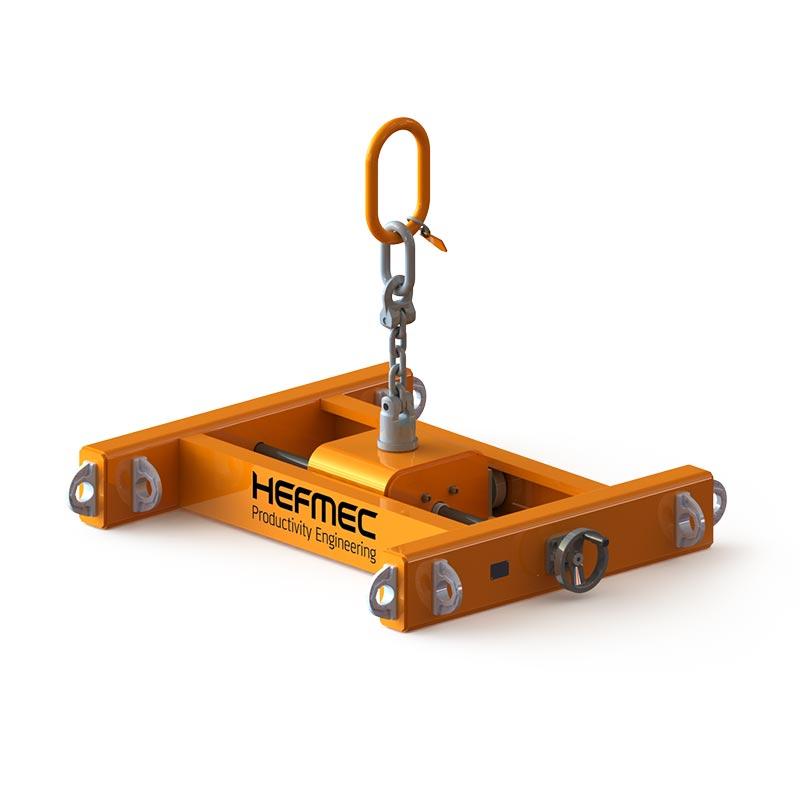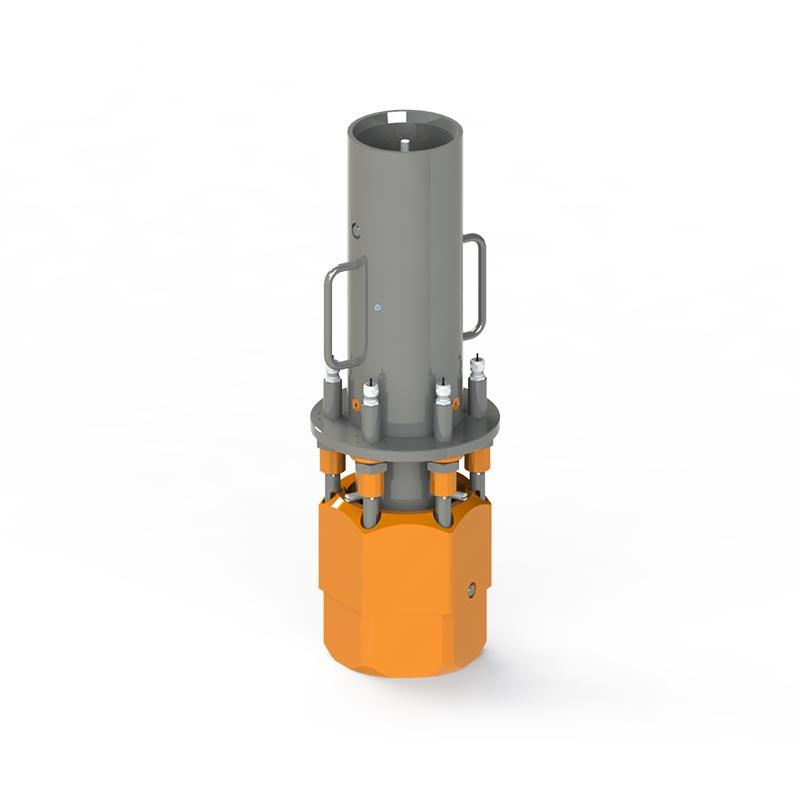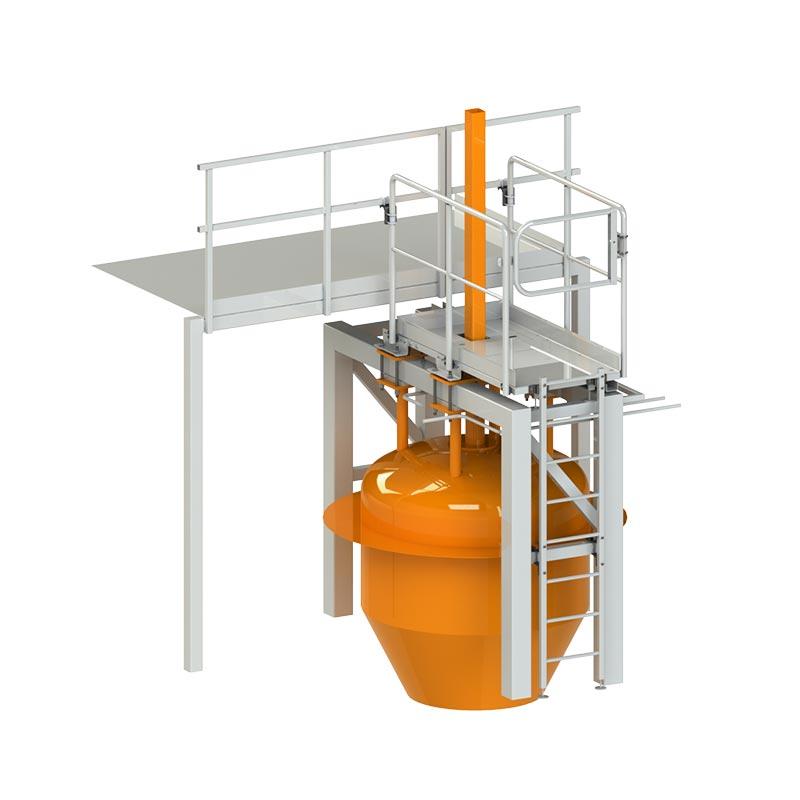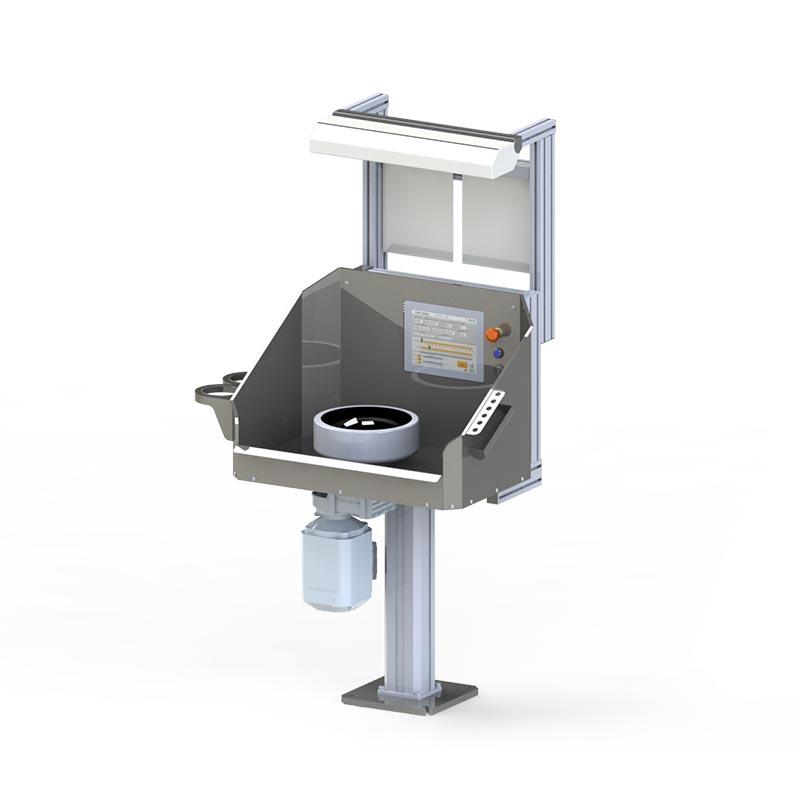Three main methods are used in modern strength calculations: the element method (FEM), analytical methods and experimental methods. FEM analysis is used to model complex structures in a computer-aided way, while analytical methods provide quick solutions for simpler cases. Experimental methods, on the other hand, ensure the reliability of the calculation results in practice. In industrial design work, these methods are often used in parallel to achieve the best results.
What methods are used for strength calculations?
At the heart of strength of field calculations are three main approaches, each with its own strengths. The elementary method (FEM) is now the cornerstone of industrial design work, allowing the handling of complex geometries and material models. FEM breaks down structures into small elements whose behaviour can be accurately analysed by computer software.
The analytical methods are based on the basic equations and mathematical models of strength theory. They are particularly suitable for simpler cases and provide fast, accurate results without the need for heavy computing power. Hefmec engineers often use analytical methods in the early stages of design and preliminary dimensioning.
Experimental methods, such as strain gauge measurements and non-destructive testing, remain indispensable for validating computational results and verifying real behaviour. In demanding industrial projects, the combination of these methods is often essential for the design of durable and safe structures.
How does the element method (FEM) work in strength calculations?
The elementary method (FEM) is based on dividing complex structures into smaller, more easily analysable parts. The geometry of the structure is first modelled in 3D design software and then “meshed”, i.e. divided into small elements. Material properties and boundary conditions, such as fixings and loads, are defined for these elements.
In the FEM analysis calculation process, the software determines the forces, stresses and displacements acting on each element. The growth of computer computing power has made it possible to analyse increasingly complex models in a reasonable amount of time. The definition of boundary conditions is a critical step, as inaccurate boundary conditions will lead to incorrect results.
In industry, FEM analysis is used to design cranes, pressure equipment and machine frame structures, for example. Hefmec engineers use FEM analysis on a daily basis to ensure the safety of structures and optimise the use of materials. FEM is particularly useful in the analysis of irregular geometries, non-linear materials and dynamic loads.
When should analytical methods be used in strength calculations?
Analytical methods are most effective in situations where the structure can be simplified into clear basic cases. Beam theories and basic strength equations provide fast and reliable results without the need for heavy computer modelling. In simple cases, such as bending straight beams or analysing axial loads, analytical methods are often more effective than FEM analysis.
Manual calculation methods remain important tools in the early stages of the design process and in the preliminary design. They allow a quick assessment and comparison of different options before more detailed modelling. Analytical methods are also excellent for educational purposes, as they help to understand the fundamental behaviour of structures.
Hefmec experts use analytical methods, especially for conceptual design and verification of FEM results. When an accurate and rapid assessment of a simple structure is required or when the accuracy of a complex simulation needs to be verified, analytical methods are invaluable.
What is the role of experimental methods in modern strength calculations?
Experimental methods are powerful tools for validating computational results and understanding real structural behaviour. Strain gauge measurements remain one of the most important techniques to measure actual stresses at critical points in a structure. Optical strain analysis, on the other hand, allows the measurement of deformations of larger surfaces without contact.
Non-destructive testing methods, such as ultrasonic and X-ray inspection, are essential to ensure structural integrity. A particular strength of experimental methods is their ability to reveal unforeseen phenomena that may not have been accounted for in computational models.
Hefmec projects use experimental methods, especially for critical safety applications and prototype testing. By combining experimental and computational methods, we can ensure that our structures are not only theoretically sound, but also safe and reliable in practice.
How to effectively combine different strength calculation methods in practical projects?
In an efficient strength calculation process, different methods are used in a complementary way at different stages of the project. A typical design process starts with analytical methods to determine the initial principal dimensions and materials of the structure. This is followed by a more detailed FEM analysis to ensure the strength of critical areas.
The requirements of the project determine the emphasis of the methods used. For standardised structures, analytical methods may be sufficient, while for innovative solutions, extensive FEM analysis and experimental verification are essential. Hefmec’s experts always select the most cost-effective combination to ensure sufficient reliability.
An example of effective integration is the design of crane structures, where analytical methods are used to dimension the main body, FEM analysis to check critical joints and experimental measurements to verify the prototype. This multi-dimensional approach ensures both the safety of the structure and the optimal use of materials.


